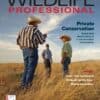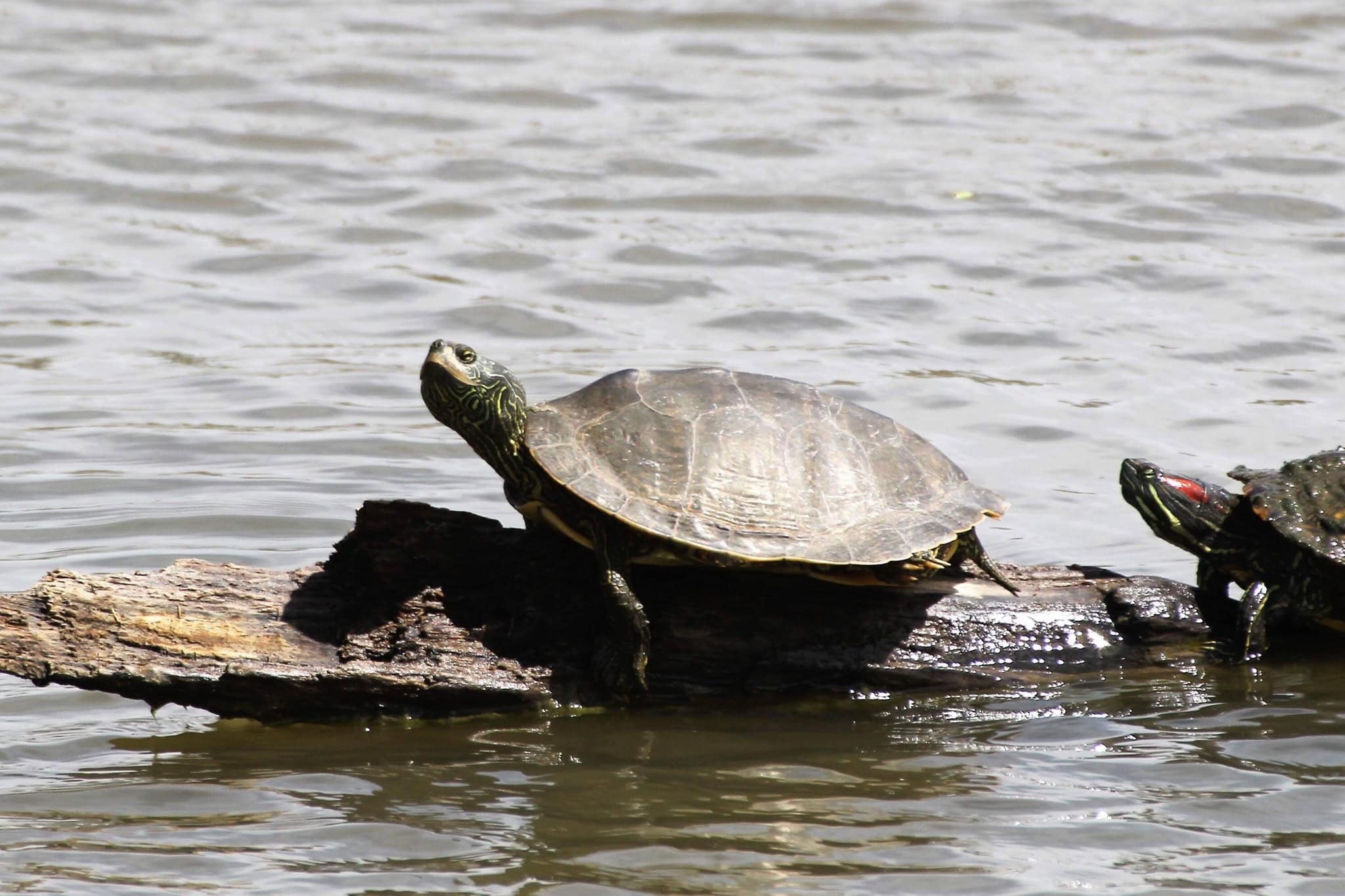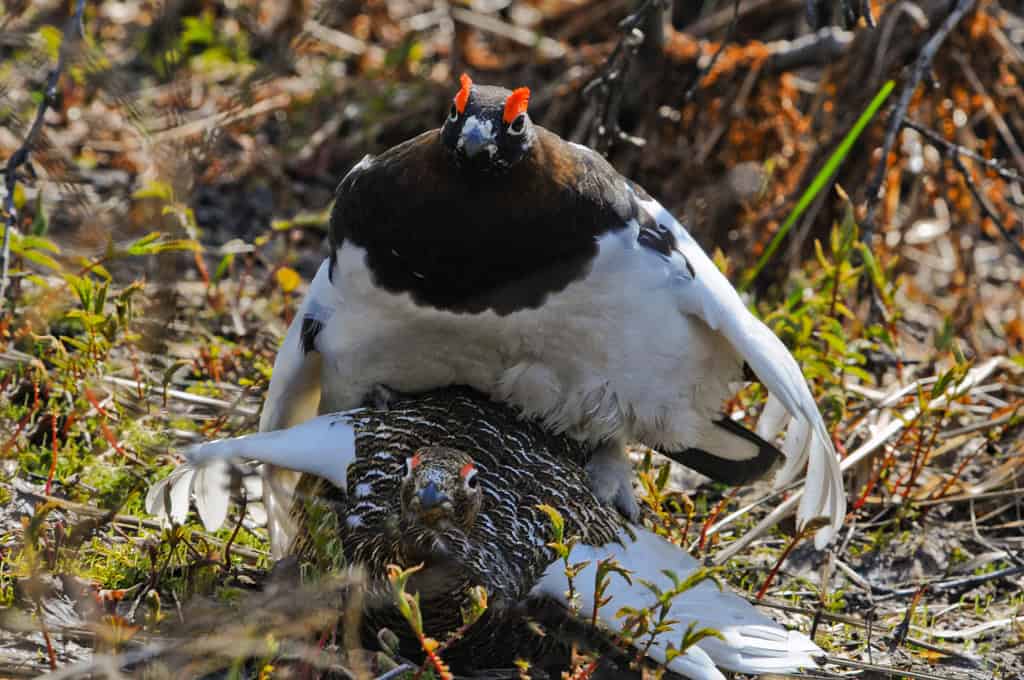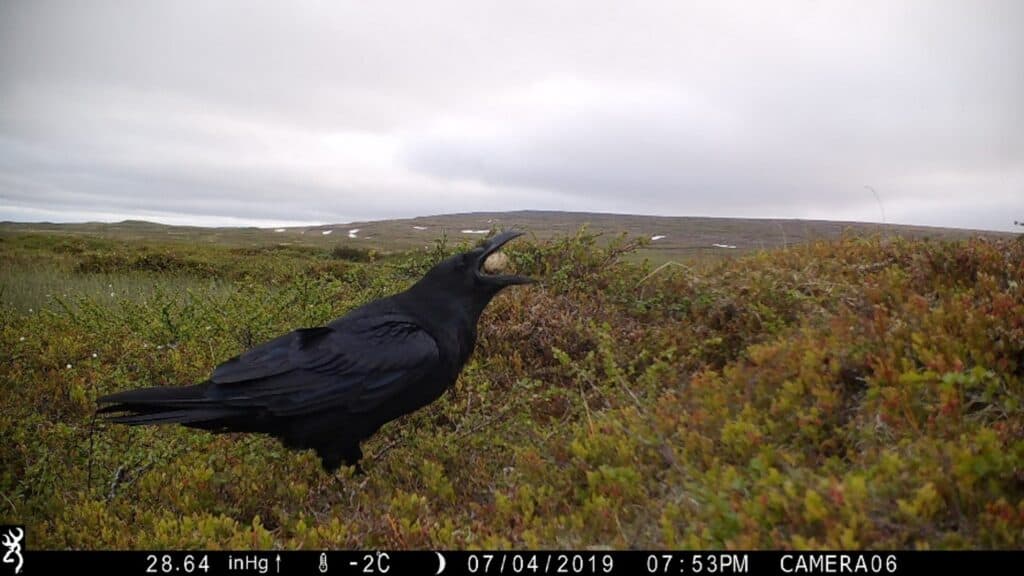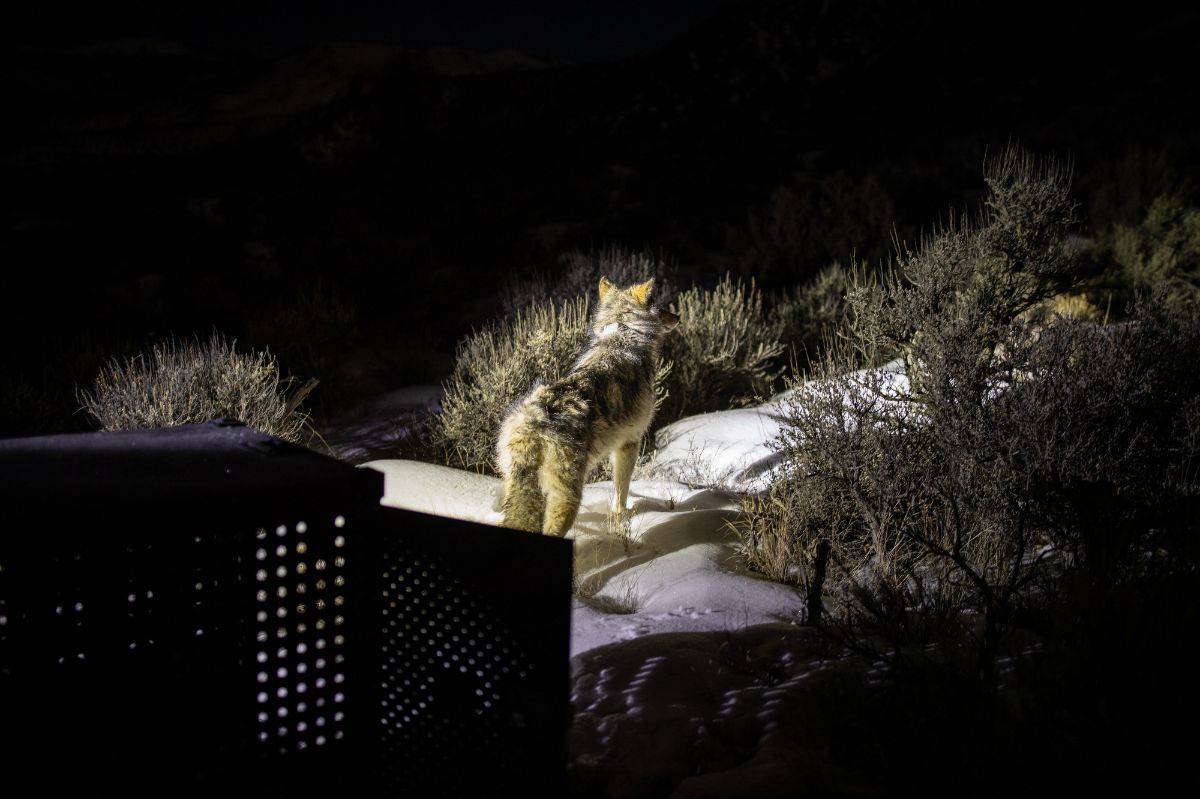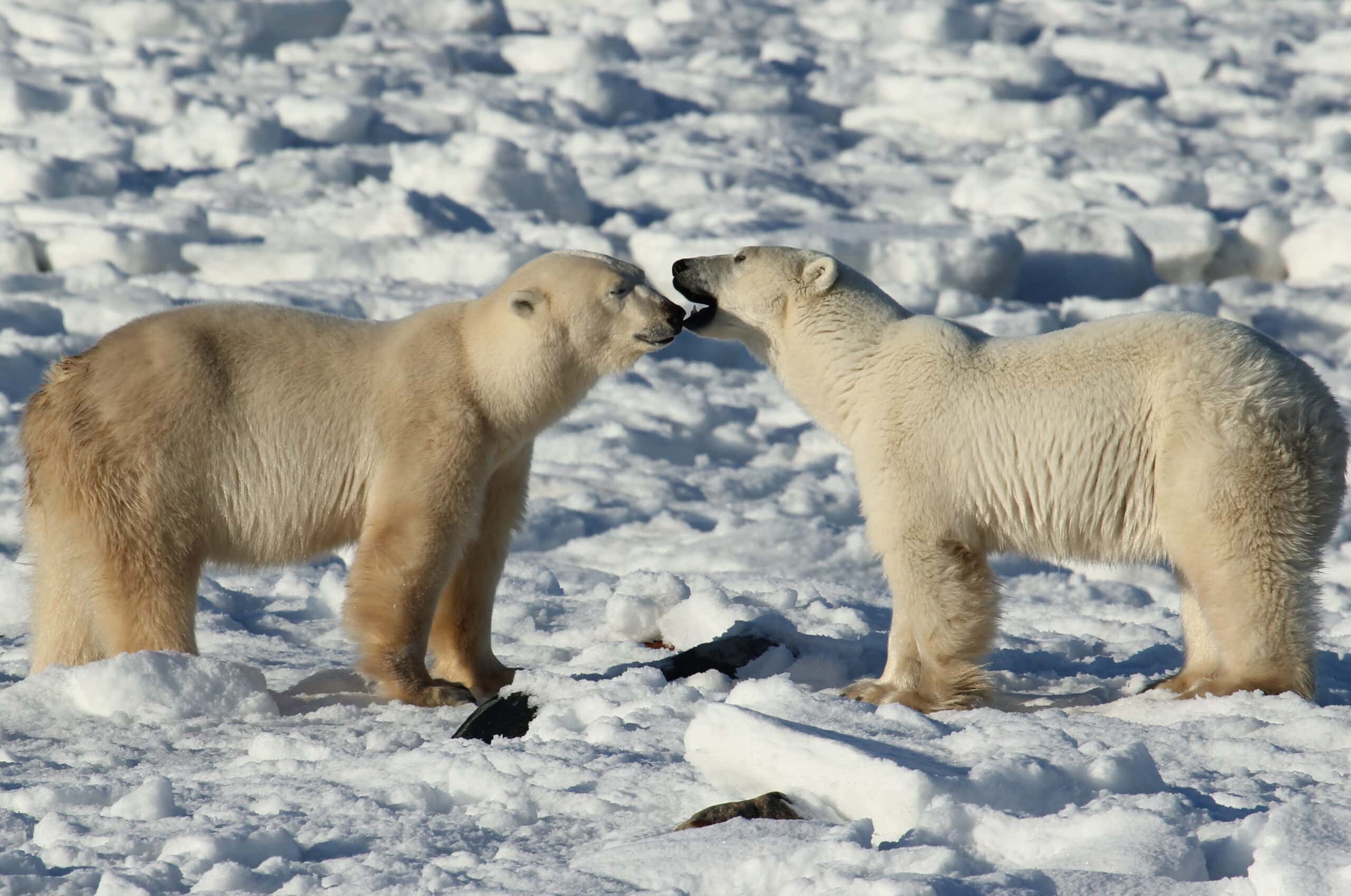
The best bait attracts the intended species but remains unappealing to others.
While wildlife managers aren’t confident that scented oils can lure invasive Argentine black and white tegus to stop their spread in Florida, the smells don’t attract the wrong species by accident.
“That’s good—[scented baits] are something that could be used in the future to improve tegu trapping efforts,” said Delana Gonzales, a technician at The Orianne Society, a nonprofit dedicated to the conservation of reptiles and amphibians.

Argentine black and white tegu (Salvator merianae) populations took root in the southeastern U.S. after their introduction via the pet trade. They have since established populations in a number of Florida counties as well as parts of Georgia. The reptiles are generalist predators that can take a toll on native species, and Florida added these tegus to its prohibited species list in 2021 to stop people from owning them as pets.
Peter Xiong, a master’s student at the University of Florida, was testing if he could use scented oil to attract tegus. As detailed on a poster presented at the 2024 TWS Annual Conference in Baltimore, Maryland, Gonzales, who was part of the Doris Duke Conservation Scholars Program Collaborative, piggybacked on this research to determine whether the bait also attracted other species.

In the summer of 2024, Gonzales and her colleagues placed pairs of trail cameras at 24 different sites in the canal systems of southern Florida, just east of Everglades National Park. At each of these sites, they would leave trail cameras on without placing bait for a week as a control study. Then the next week, they put out bait with the cameras. The team used two types of commercially available baits—a mouse oil and a blueberry-scented oil. Neither targets tegus specifically—there are none commercially available that target the reptiles—so the team chose these two oils as the reptiles are omnivorous. They sprayed the scents on clearings on the ground that had cameras on each side. After two weeks, the team repeated the rotation several more times, moving the bait sites each time.
The team repeated these efforts for a total of 2,786 trap nights. Then, they analyzed the photos with the help of a program that searches through photos and identifies species using artificial intelligence.

What species did scent lures attract?
The program revealed that Virginia opossums (Didelphis virginiana) most commonly approached the sites—researchers detected them 70 times. Coyotes were the second most common (Canis latrans) at 43. Researchers detected 101 rats, but they didn’t narrow down what species these were—several native and nonnative rat species are in the area.
The team also found that while the cameras commonly captured these species in images, they weren’t more likely to show up when there were bait scents than they did in the control weeks without scents. “These oils we were using were actually marketed for these fur-bearing species,” Gonzales said. “We thought it was interesting that they didn’t attract them more, even though that was their target.”
Unfortunately, the baits didn’t attract the tegus either, for the most part. The blueberry oil scent didn’t seem to draw the tegus at all, and the mouse scent only had a small effect that wasn’t that strong.

In the future, Gonzales said that researchers on the team want to explore other types of scents to use for lures. They also want to experiment with different sounds and colors as potential lures in case tegus eventually learn to avoid the scented oils and traps. “Tegus are very smart creatures,” Gonzales said. It would also be useful to expand their test to areas without Burmese pythons (Python bivittatus), another invasive species, she said. The pythons could potentially shift the makeup of medium-sized mammals.
In the meantime, the researchers are still testing scents to see whether they can help wildlife managers trap and remove invasive tegus from Florida. “This will help contribute to better-controlled invasive tegu populations,” she said. “We can reduce the threat to native species.”


